2nd Grade Common Core Math Worksheets | Workybooks
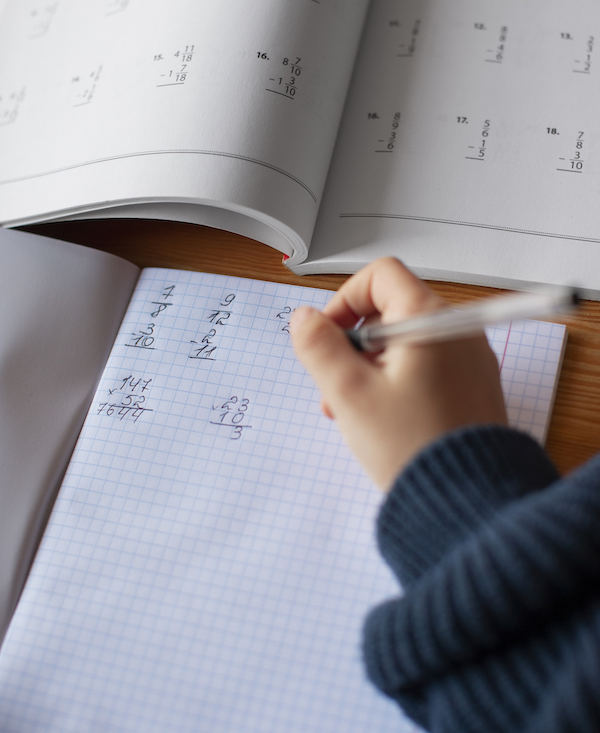
Sign up for a free account HERE!
The overarching goal of 2nd grade Common Core math is to deepen students’ understanding of basic mathematical concepts and prepare them for more complex math in future grades. Well-designed 2nd grade math worksheets play a crucial role in achieving these objectives, providing targeted practice and reinforcement of key skills. Specific teaching goals include:
- Extend understanding of base-ten notation: Students should grasp that the three digits of a three-digit number represent amounts of hundreds, tens, and ones.
- Build fluency with addition and subtraction: By the end of 2nd grade, students should know from memory all sums of two one-digit numbers and be able to mentally add or subtract 10 or 100 to a given number 100–900.
- Develop initial understanding of multiplication: Through activities with equal groups and arrays, students begin to build a foundation for multiplication.
- Recognize and work with simple fractions: Students should understand simple fractions as parts of a whole, particularly with circles and rectangles.
- Measure and estimate lengths: Students should be able to measure length in standard units and use this knowledge to solve addition and subtraction word problems.
- Work with time and money: Students should tell and write time from analog and digital clocks and solve word problems involving dollar bills, quarters, dimes, nickels, and pennies.
- Reason with shapes and their attributes: Students should recognize and draw shapes having specified attributes and partition shapes into equal parts.
Common Core-aligned math resources provide significant benefits for 2nd-grade students. These materials emphasize practical applications and problem-solving skills, helping young learners connect mathematics to their daily lives. The Common Core approach also encourages students to explain their thinking, fostering deeper understanding and communication skills.
According to the Common Core State Standards Initiative, 2nd-grade math is organized into four main domains:
1. Operations and Algebraic Thinking
2. Number and Operations in Base Ten
3. Measurement and Data
4. Geometry
Let’s explore each domain and discuss 2nd grade math worksheets ideas to help students master these essential math skills.
1. Operations and Algebraic Thinking
This domain focuses on building foundational skills for addition and subtraction, as well as introducing the concept of equal groups as a precursor to multiplication.
2nd grade math worksheets ideas:
* Addition and subtraction within 100
* Word problems involving adding to, taking from, putting together, and comparing
* Even and odd number identification
* Arrays and repeated addition (introduction to multiplication concept)
2. Number and Operations in Base Ten
In this domain, students work with place value concepts and use this understanding to perform addition and subtraction with larger numbers.
2nd grade math worksheets:
* Place value charts (ones, tens, hundreds)
* Skip counting by 5s, 10s, and 100s
* Comparing three-digit numbers using >, <, and = symbols
* Addition and subtraction within 1000 using various strategies
3. Measurement and Data
This domain covers a wide range of concepts, including time, money, length measurement, and data representation.
Worksheet ideas:
* Telling time to the nearest five minutes
* Counting combinations of dollars and cents
* Measuring and estimating lengths in standard units (inches, feet, centimeters, meters)
* Creating and interpreting simple bar graphs and picture graphs

4. Geometry
In 2nd-grade geometry, students work with two-dimensional and three-dimensional shapes, as well as fractions of shapes.
Worksheet ideas:
* Identifying and drawing shapes based on given attributes
* Partitioning rectangles into rows and columns of same-size squares
* Dividing circles and rectangles into halves, thirds, and fourths
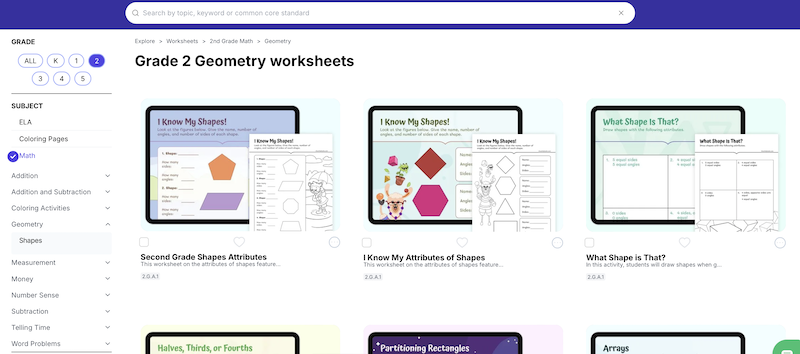
By creating 2nd grade math worksheets that align with these Common Core standards, you’ll help 2nd-grade students build a strong foundation in mathematics. Remember to keep the exercises fun, varied, and relevant to their everyday experiences.
Happy teaching!
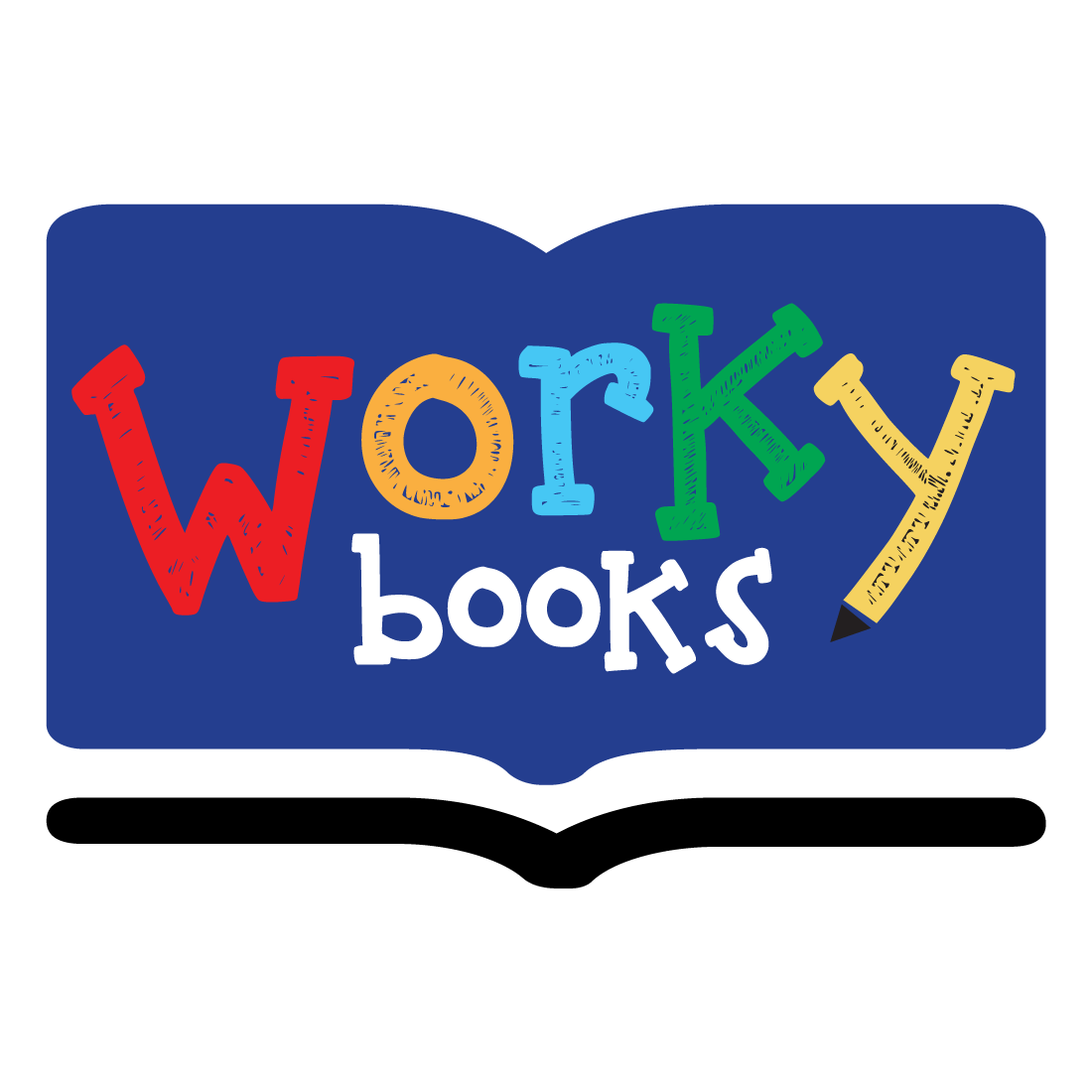
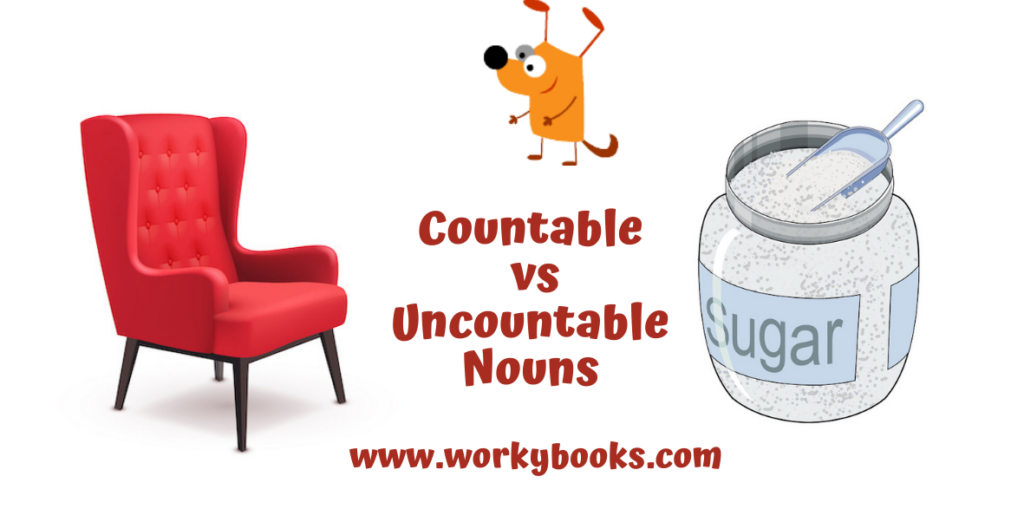
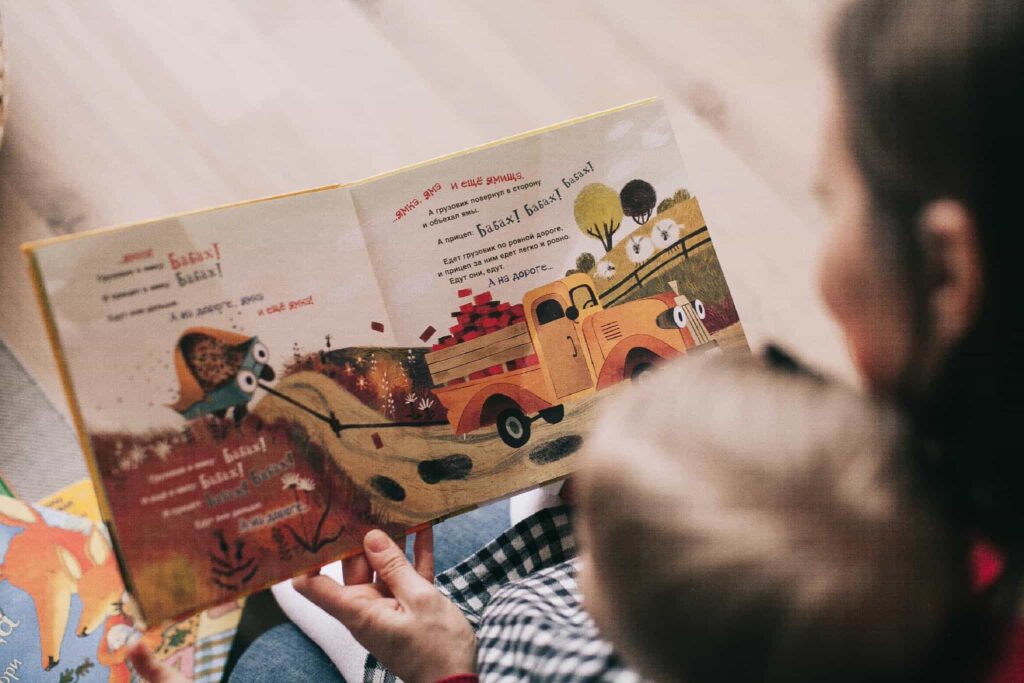
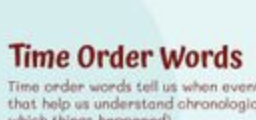
One Comment